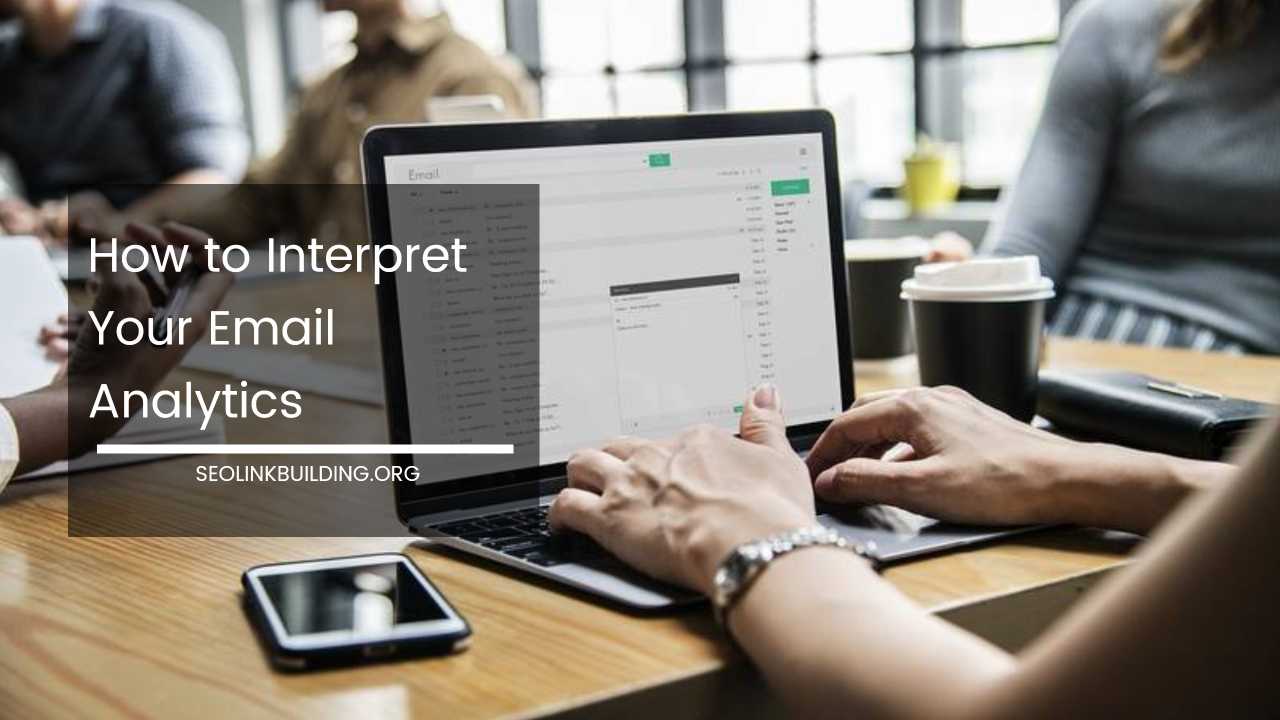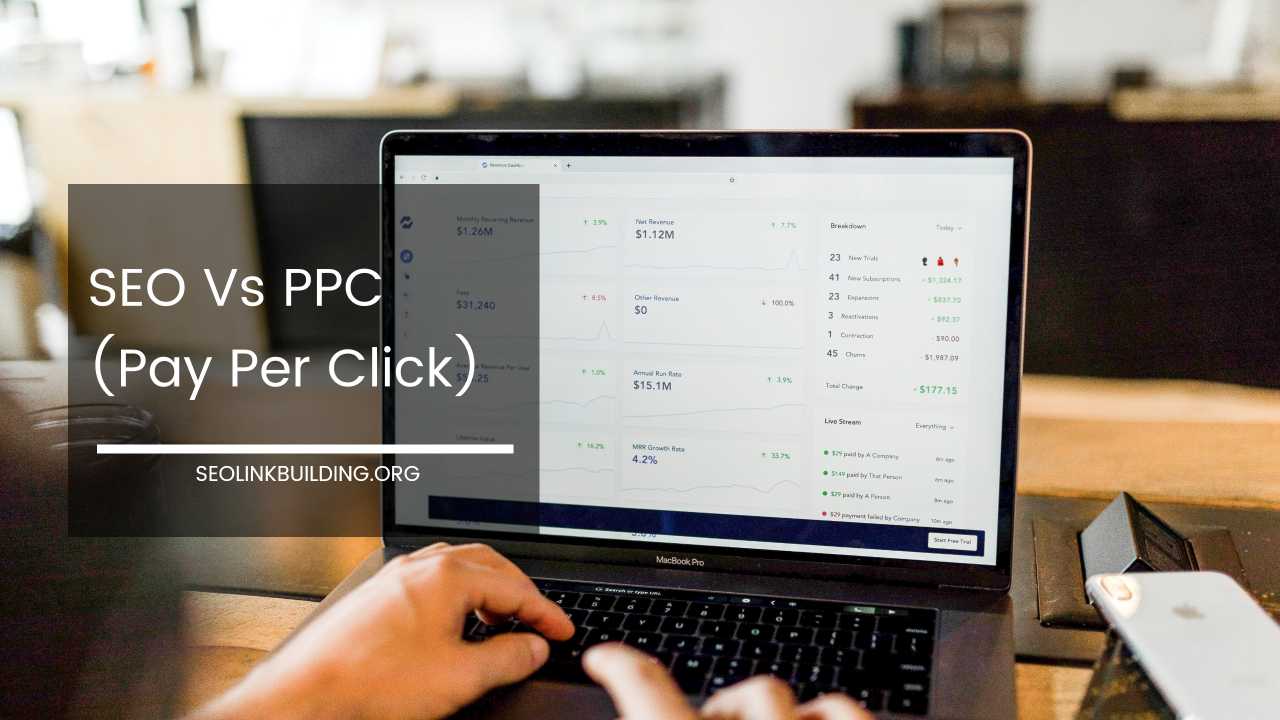How to Interpret Your Email Analytics

How to Interpret Your Email Analytics: Unlock the Secrets to Email Marketing Success
In today’s digital landscape, email marketing remains a cornerstone of successful marketing strategies. But simply sending out emails and hoping for the best is a recipe for disappointment.
To truly leverage email marketing’s potential, you need to understand how your audience interacts with your messages. This is where email analytics come in, acting as a treasure trove of insights waiting to be unearthed.
By analyzing email analytics, you gain a deeper understanding of what resonates with your audience and what needs improvement.
This knowledge empowers you to optimize your email strategy for better engagement, conversions, and ultimately, a thriving customer base.
This comprehensive guide equips you with the knowledge to interpret your email analytics effectively. We’ll delve into key metrics, industry benchmarks, and actionable strategies to transform your email marketing efforts from good to great.
Demystifying Key Email Analytics Metrics: A Deeper Dive
Understanding the various email analytics metrics is crucial for interpreting your data with clarity. Here’s a breakdown of the essential metrics you should track, along with some additional insights to consider:
-
Open Rate:
This metric reflects the percentage of recipients who opened your email. A high open rate indicates successful subject lines and intriguing content previews. Industry benchmarks for open rates vary depending on your industry, but generally fall between 15-25%. Here are some additional factors to consider when analyzing your open rate:
- Day and Time of Sending: Research suggests sending emails on Tuesdays, Wednesdays, and Thursdays can yield higher open rates. Additionally, sending emails during business hours (within your target audience’s time zone) can improve open rates.
- List Segmentation: Segmenting your email list based on demographics, interests, or purchase history allows for more targeted messaging, potentially leading to higher open rates.
-
Click-Through Rate (CTR):
The CTR measures the percentage of recipients who clicked on a link within your email. A strong CTR signifies compelling content and clear calls to action. Average CTRs across industries range from 2-5%, but aim for higher rates for targeted campaigns. Here are some ways to improve your CTR:
- Compelling CTAs: Craft clear, concise, and action-oriented calls to action (CTAs) that tell recipients exactly what you want them to do (e.g., “Shop Now,” “Learn More”).
- Strategic Link Placement: Place your CTAs strategically within your email, often at the end of compelling content or visuals that entice readers to click.
-
Bounce Rate:
This metric represents the percentage of emails that couldn’t be delivered to recipients’ inboxes. Bounces can be hard (permanent delivery failures) or soft (temporary delivery issues). A high bounce rate suggests outdated email lists or deliverability problems. Here are some ways to reduce your bounce rate:
- List Hygiene: Regularly clean your email list by removing inactive subscribers or those with invalid email addresses.
- Sender Reputation: Maintain a good sender reputation by avoiding spammy practices and ensuring your emails are relevant and valuable to your audience.
-
Unsubscribe Rate:
This metric tracks the percentage of recipients who opted out of receiving your emails. A rising unsubscribe rate indicates a need to refine your content strategy or targeting approach. Industry benchmarks for unsubscribe rates typically hover around 0.5%, but this can vary depending on your audience and industry. Here are some ways to reduce your unsubscribe rate:
- Permission-Based Marketing: Always obtain explicit permission from users before adding them to your email list.
- Content Relevance: Tailor your email content to the interests and needs of your subscribers.
- Unsubscribe Preference Center: Provide an easy-to-use unsubscribe preference center where recipients can adjust their email frequency or unsubscribe completely.
-
Conversion Rate:
The conversion rate measures the percentage of recipients who took a desired action after clicking a link in your email, such as making a purchase or signing up for a free trial. This metric provides a clear picture of your email campaign’s ROI (Return on Investment). Conversion rates depend heavily on your campaign goals, but aim to optimize your emails for a smooth user journey towards conversion. Here are some ways to improve your conversion rate:
- Landing Page Optimization: Ensure your landing pages are optimized for conversions, with a clear call to action and a user-friendly design that aligns with your email content.
- Targeted Offers: Personalize your email content with targeted offers and promotions relevant to each recipient’s interests and purchase history.
-
Delivery Rate:
This metric represents the percentage of emails successfully delivered to recipients’ inboxes. A high delivery rate signifies a healthy email list and good sender reputation. Here are some ways to maintain a high delivery rate:
- Maintain a High Delivery Rate
-
- Authentication Protocols: Implement email authentication protocols like SPF (Sender Policy Framework) and DKIM (DomainKeys Identified Mail) to verify your sender identity and reduce the chances of emails landing in spam folders.
-
Forwarding Rate:
This metric reflects the percentage of recipients who forwarded your email to others. A high forwarding rate indicates valuable and shareable content. Here are some ways to encourage email forwarding:
- Compelling Content: Create informative, engaging, and valuable content that recipients feel compelled to share with their network.
- Forwarding Functionality: Make it easy for recipients to forward your emails by including social sharing buttons or a straightforward forwarding option.
-
Complaint Rate:
This metric tracks the percentage of recipients who marked your email as spam. A rising complaint rate suggests issues with content relevance, sending frequency, or permission-based marketing practices. Here are some ways to reduce your complaint rate:
- Permission-Based Marketing (Revisited): Double down on permission-based marketing by offering clear opt-in options and adhering to anti-spam regulations.
- Content Quality: Focus on delivering high-quality, informative content that aligns with your audience’s interests.
- Sending Frequency: Avoid overwhelming your subscribers with excessive emails. Implement a sending frequency that feels valuable and informative, not intrusive.
Beyond the Numbers: Unveiling the Nuances of Engagement
While numerical metrics are essential, qualitative data also plays a vital role in interpreting your email analytics effectively. Here’s how to dig deeper and uncover hidden insights:
- Subject Line Performance: Analyze which subject lines led to higher open rates. A/B testing different subject lines with variations in length, tone, and personalization can help you identify the most captivating ones. Tools like emojis or personalization can also be tested for effectiveness.
- Click Map Analysis: Look at where recipients clicked within your email. This reveals what content sections resonated most and where you can optimize calls to action. Heatmaps can be particularly insightful for visualizing click behavior.
- Engagement by Device: Analyze how recipients engage with your emails across different devices (desktop, mobile, etc.). This helps you tailor your email design and content for optimal viewing experiences. Consider using responsive design techniques to ensure your emails render flawlessly across all devices.
- Unsubscriber Comments: Don’t overlook the reasons provided by those who unsubscribe. Review these comments to gain valuable insights into content relevance, targeting issues, or sending frequency preferences. Utilize this feedback to refine your strategy and improve user experience.
Transforming Insights into Action: Optimizing Your Email Strategy
Now that you’re armed with the knowledge to interpret your email analytics effectively, it’s time to translate insights into actionable strategies that elevate your email marketing efforts:
- Craft Compelling Subject Lines: Prioritize clear, concise, and benefit-oriented subject lines that pique recipients’ interest and encourage them to open your emails. Consider using personalization tactics like including the recipient’s name or location to further entice them to open.
- Refine Your Content Strategy: Tailor your content to resonate with your audience’s needs and interests. Segment your email list to deliver targeted messages with personalized offers and promotions. Utilize a content mix that balances informative content with engaging visuals and clear calls to action.
- Optimize for Mobile: With the majority of emails now opened on mobile devices, ensure your emails are mobile-friendly. Use responsive design techniques, optimize image sizes for faster loading times, and craft concise content that displays well on smaller screens.
- Test and Refine: Don’t be afraid to experiment! A/B test different subject lines, email layouts, CTAs, and sending times to discover what resonates most with your audience. Continuously refine your approach based on data and strive for continuous improvement.
- Automate Workflows: Leverage email marketing automation to send targeted and personalized messages based on user behavior or demographics. Implement welcome emails for new subscribers, re-engagement campaigns for inactive users, or abandoned cart reminders to nudge potential customers towards purchase completion.
- Integrate with Other Marketing Channels: Integrate your email marketing strategy with other channels like social media or SMS marketing. This creates a cohesive brand experience and reinforces your message across different touchpoints.
- Track ROI: Always track the return on investment (ROI) of your email marketing campaigns. Analyze how your email efforts contribute to conversions, sales, or website traffic to gauge their effectiveness and optimize your strategy for maximum impact.
Cultivating Long-Term Success with Email Marketing Analytics: Building a Data-Driven Mindset
The journey to email marketing success doesn’t end with implementing the strategies outlined above. It’s crucial to cultivate a data-driven mindset and continuously analyze your results to foster long-term growth. Here’s how:
-
Establish Clear Goals and KPIs: Before diving into campaign creation, define clear goals and key performance indicators (KPIs) for your email marketing efforts. Do you aim to increase brand awareness, drive website traffic, or boost conversions? Having well-defined goals allows you to tailor your analytics tracking and measure success effectively.
-
Utilize Segmentation and Personalization: Segmentation allows you to group subscribers with similar interests or demographics. This enables highly targeted email campaigns with personalized content that resonates more deeply with each recipient. Track the performance of segmented campaigns to identify which segments yield the best results.
-
Embrace Reporting and Data Visualization: Modern email marketing platforms offer comprehensive reporting tools that provide valuable insights into campaign performance. Utilize these tools to generate reports that visualize key metrics like open rates, click-through rates, and conversion rates. Data visualization tools like charts and graphs can help you identify trends and patterns more easily.
-
Benchmarking Revisited: While industry benchmarks provide a starting point, don’t become fixated on them. Regularly benchmark your performance against your own historical data to track progress and identify areas for improvement. Analyze trends within your own email marketing program to identify what’s working well and what needs adjustment.
-
Conduct Customer Journey Mapping: Map out the customer journey to understand how email marketing interacts with other touchpoints in your overall marketing strategy. Use your email analytics to identify where email plays a crucial role in influencing customer behavior and optimize your campaigns accordingly.
-
Invest in Ongoing Learning: The world of email marketing is constantly evolving. Stay updated on the latest trends, best practices, and emerging technologies. Take advantage of online courses, industry publications, and webinars to sharpen your skills and gain valuable insights from marketing experts.
-
Embrace A/B Testing: A/B testing allows you to compare two versions of an email campaign element, such as a subject line, CTA, or email layout. By sending both versions to a small segment of your list and analyzing the results, you can identify which version performs better. A/B testing is a powerful tool for continuous improvement and optimizing your email marketing strategy for maximum impact.
By following these practices and fostering a data-driven mindset, you can leverage email analytics to gain a deeper understanding of your audience, personalize your approach, and achieve your marketing goals.
Remember, email marketing is an ongoing conversation with your audience. Use valuable data insights to guide this conversation, build stronger relationships with your subscribers, and ultimately drive long-term success.
Final Word:
Email marketing, when data-driven and optimized, remains a powerful tool for fostering customer engagement, driving conversions, and achieving your marketing goals.
By delving into your email analytics and translating insights into actionable strategies, you can unlock the true potential of email marketing and create a thriving online presence.
Remember, the key to success lies in continuous learning, adaptation, and a commitment to delivering exceptional value to your audience through every email you send.













